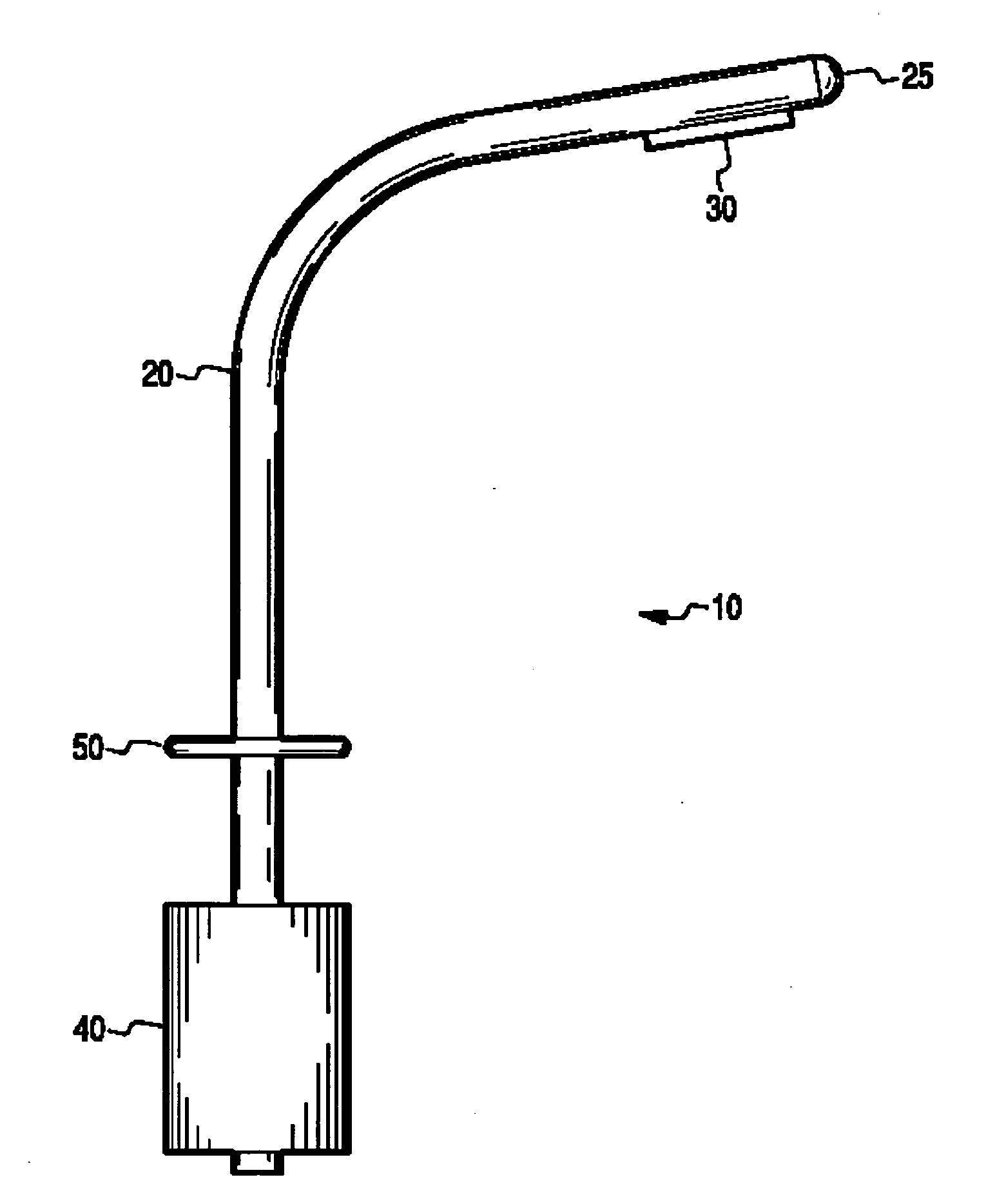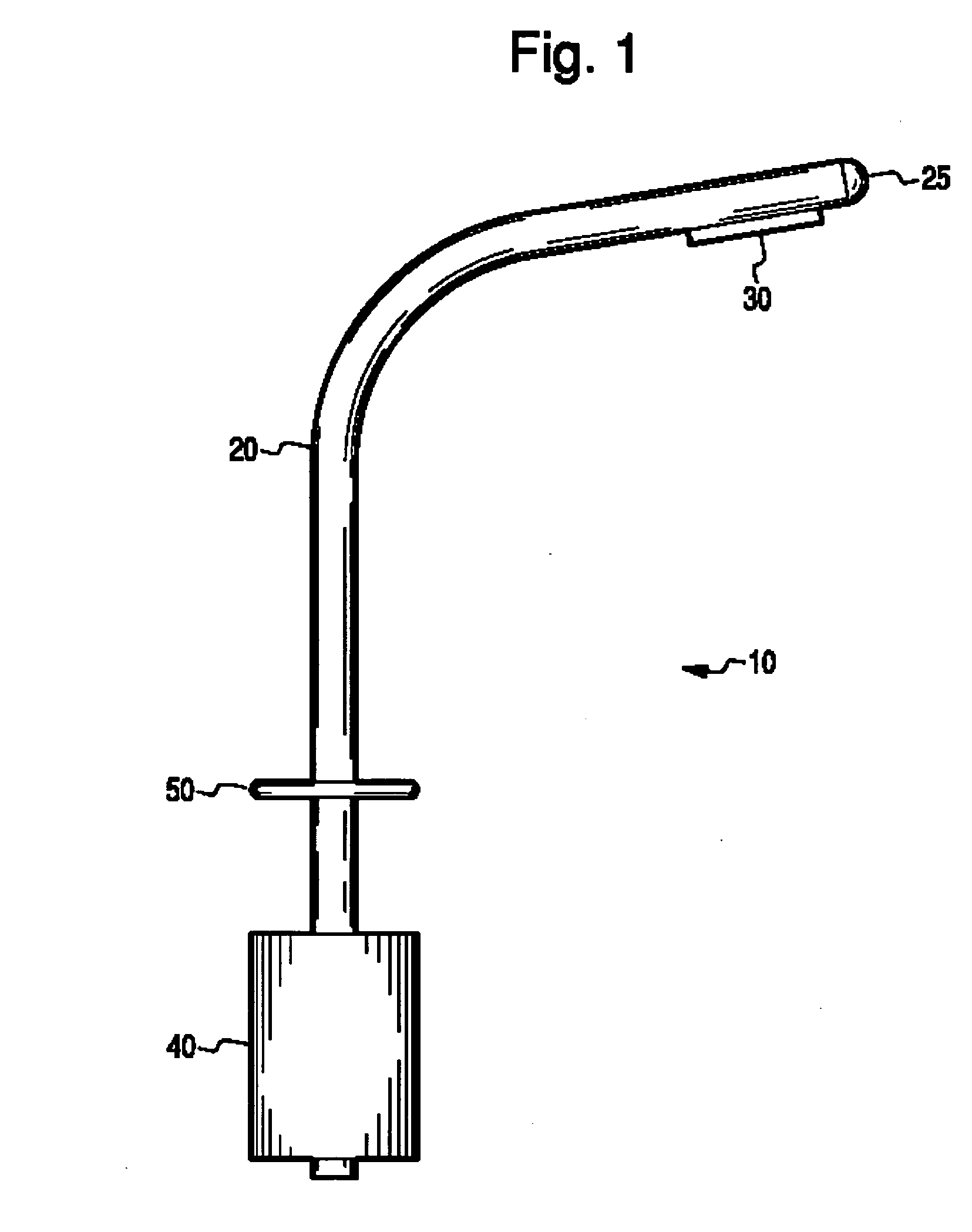Methods and systems for ultrasound imaging of the heart from the pericardium
a technology of pericardium and ultrasound imaging, applied in the field of system for examining the heart, can solve the problems of poor and discoordinated contraction, difficult to advance the electrode to the proper spot, and capture may not be the best parameter to use, so as to reduce the cost of an ultrasound imaging catheter
- Summary
- Abstract
- Description
- Claims
- Application Information
AI Technical Summary
Benefits of technology
Problems solved by technology
Method used
Image
Examples
Embodiment Construction
[0027] The various embodiments of the present invention include a much shortened percutaneous catheter system that is configured to be inserted into the chest cavity through a small opening and thence manipulated to the pericardium. An array of ultrasonic transducers and / or ECG sensors on the catheter desirably are positioned on the outside surface of or inside the pericardium in the vicinity of the heart by means of a cannula inserted in the chest. Positioning advantageously is carried out manually or by robotic or semi-robotic manipulators. Once positioned near the heart, the sensors send signals to other externally positioned electronic equipment attached or otherwise in communication with the catheter.
[0028] For example, an array of piezoelectric transducers may be energized to pulse ultrasonic energy and, acting as receivers, detect reflected ultrasound energy, converting received ultrasound into electrical signals (“detected signals.”). The detected signals are conducted to c...
PUM
 Login to View More
Login to View More Abstract
Description
Claims
Application Information
 Login to View More
Login to View More - R&D
- Intellectual Property
- Life Sciences
- Materials
- Tech Scout
- Unparalleled Data Quality
- Higher Quality Content
- 60% Fewer Hallucinations
Browse by: Latest US Patents, China's latest patents, Technical Efficacy Thesaurus, Application Domain, Technology Topic, Popular Technical Reports.
© 2025 PatSnap. All rights reserved.Legal|Privacy policy|Modern Slavery Act Transparency Statement|Sitemap|About US| Contact US: help@patsnap.com



